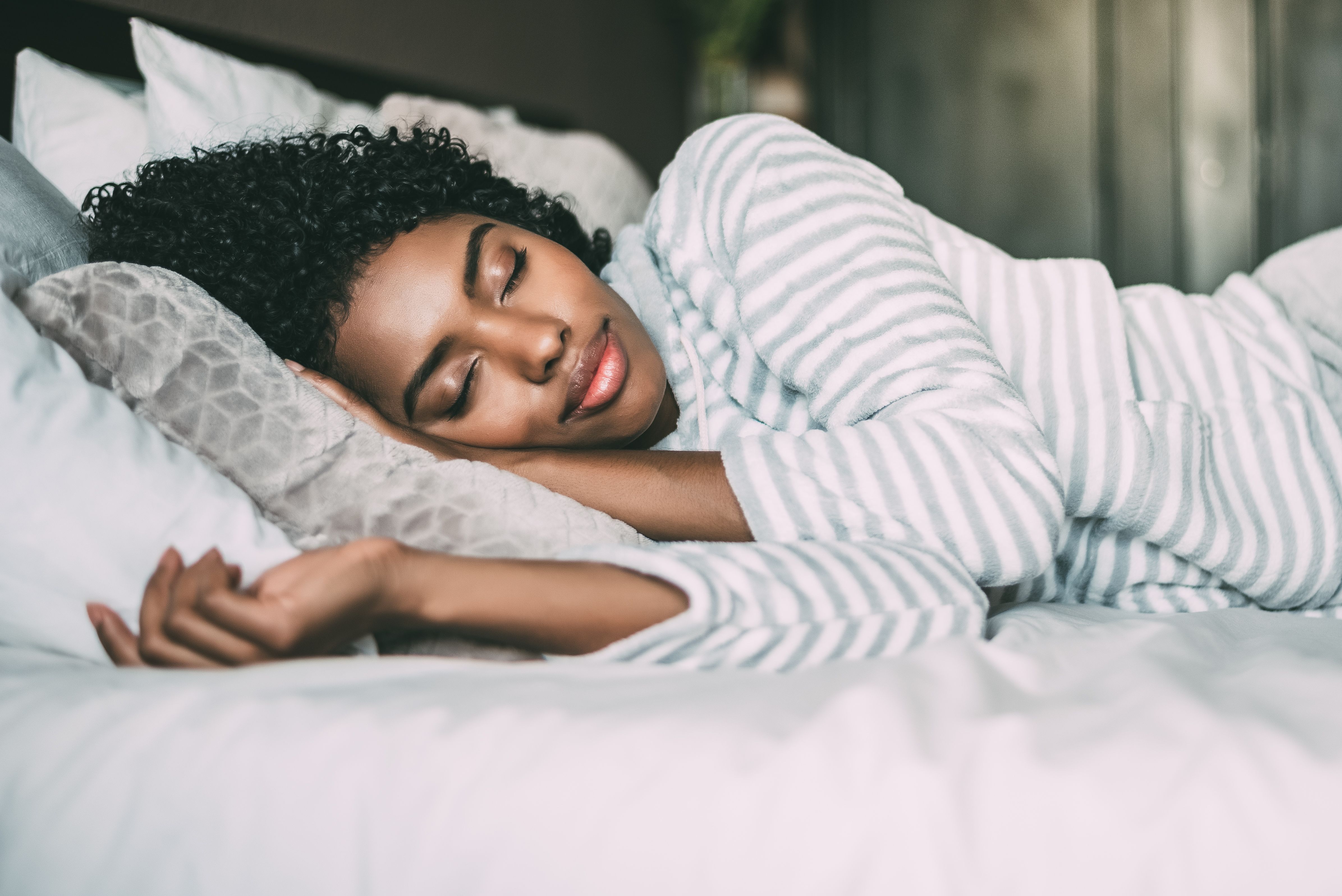News
Article
Popularity Influences Adolescent Sleep Behavior, Study Finds
Author(s):
A study assessing adolescents' self-reported sleep behavior and social factors unearthed a relationship between individual popularity and their sleep patterns.
Adolescent sleep behavior can be better understood with a more comprehensive understanding of factors like social connectedness or expectations, according to a recent study published in Frontiers in Sleep.1
Adolescent Struggling to Sleep, Insomnia Model | image credit: Madua - stock.adobe.com

“Adolescents’ sleep undergoes important changes. It is increasingly recognized that sleep does not happen in isolation from the social context and the growing importance of peers is one of the hypothesized forces behind these changes,” study authors Bauducco at al began.
During the adolescent stage of one’s life, biological changes—such as circadian rhythm delay—influence their preferred sleep and wake patterns. However, additional social factors play a role in sleep preferences too, as free-time interests, increasing demands from school, anxiety, peers, etc., impact the time an adolescent can dedicate to their sleep. These biosocial elements contribute to a plethora of sleep problems in the adolescent population, as demonstrated by a 2021 study that found over 80% of adolescents can experience long sleep onset latency of at least 30 minutes, nearly 35% may sleep less than 7 hours per night, and over 38% meet the criteria for insomnia.2
Bauducco et al pointed to research that indicates the number and quality of one’s social connections—whether they be positive or negative—can have a negative impact on sleep; however, the relationship between sleep behavior and individual social networks has not garnered sufficient attention.1 They mentioned 3 studies to date that have analyzed associations in this area but note how this research has been limited to smaller North American cohorts and varied in sleep measures. To build off these studies and expand knowledge on this subject, researchers set out to mimic findings from this work in a larger Swedish cohort and with well-established sleep duration insomnia measures.
A total of 1394 adolescents throughout 16 Swedish public schools reported weekly on their insomnia symptoms, sleep duration, depression, anxiety, among other demographic information. Additionally, participants were asked to nominate up to 3 of their friends at school. For these purposes, the terms “outdegree” referred to nominations given and “indegree” (popularity) to nominations received, while “betweenness” indicated where adolescents bridged separated friend groups, and “isolates” referred to those who had no incoming our outgoing nominations.
Overall, across the entire sample, popularity was not linked to insomnia; however, popularity was associated with shorter sleep durations (B = -3.00; 95% CI, -5.77 to -0.19; P < .05). In boys alone, additional data showed that socioeconomic status (SES) was connected to insomnia symptoms (B = -0.36; 95% CI, -0.60 to -0.13; P < .001). For boys and girls, depression, anxiety, and alcohol were all also significantly associated with insomnia (P < .05).
“Popular girls were more likely to suffer from insomnia symptoms. Gender socialization processes may offer a possible explanation for this, as boys and girls have been found to engage in different friendship behaviors,” the authors concluded. “For example, girls express more care and concern, and engage in helping behaviors more as compared to boys... which might mean they carry these concerns at bedtime and thus have difficulty falling asleep.”
Due to factors like this, coupled with limitations like the self-reported nature of this study, the authors encouraged further research to assess the relationship between social patterns and sleep behavior. Additional studies, they noted, would benefit from considering the contribution of sleep chronotype.
References
1. Bauducco S, Boersma K, Gradisar M. Sleepy and popular? The association between popularity, sleep duration, and insomnia in adolescents. Front Sleep. 2024;3. doi:10.3389/frsle.2024.1346806
2. Haugland BSM, Hysing M, Baste V, et al. Sleep duration and insomnia in adolescents seeking treatment for anxiety in primary health care. Front Psychol. Published online March 24, 2021. doi:10.3389/fpsyg.2021.638879





